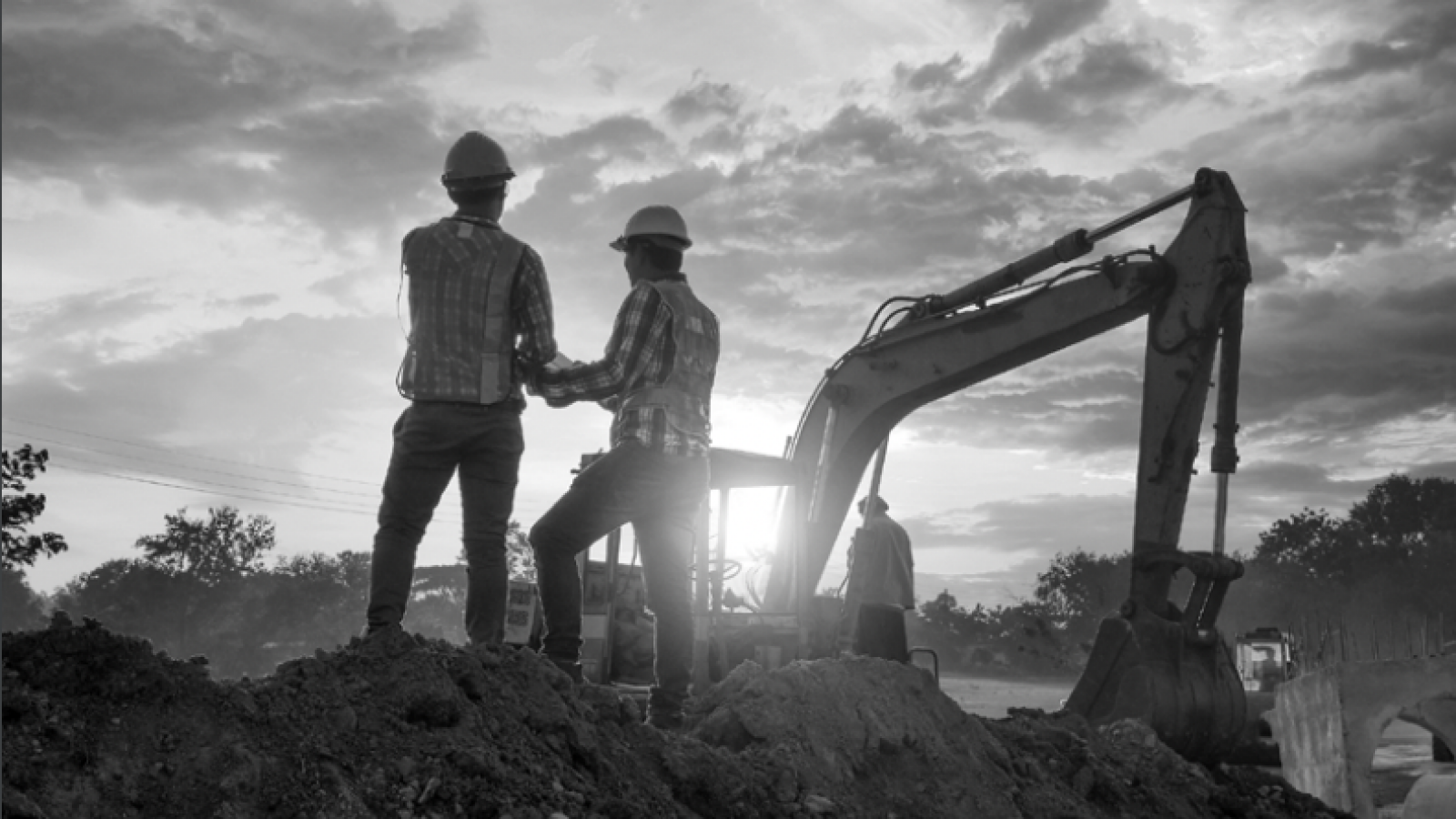The 2022 Construction Industry Confidence Report released today by EBOSS shows confidence has dropped significantly with 59% of builders and 46% of architects predicting the sector to deteriorate — almost double 2020 figures.
The Confidence Report surveyed 1,100 architects and builders across New Zealand in July to gauge the mood of the industry in order to help the industry better plan ahead. Specifically, the Confidence Report assessed the level of confidence in both the construction industry as a whole and in individual businesses over the next 12 months, as well as workloads and staffing levels looking ahead to 2023.
Matthew Duder, Managing Director, EBOSS says that the marked decrease in confidence levels in the construction sector is alarming when this is matched with other significant concerns such as the inability to hire staff despite an increase in the number of builders already operating at 100% capacity.
“What this EBOSS report shows us is a real crisis of confidence where 91% of builders cannot get the staff they need to meet the projects in their order book with almost half (45%) running flat out at full capacity to get current builds completed. Similarly, 77% of architects and designers say they cannot find enough qualified staff to meet demand. These are clear warning signs that the building and construction sector is under immense pressure,” says Duder.
Duder observes that the Confidence Report also highlights that 43% of builders and 36% of architects and designers say they do not have enough staff to meet future demand.
“So, while demand in order books remains steady with an average of 10.5 months of forward work ahead for builders and 9.5 months for architects and designers, the ability to complete and deliver these projects is uncertain as the lack of labour puts huge pressure on businesses.”
Duder adds that the Confidence Report shows that while the overall outlook for the industry in the next year is pessimistic, respondents had a more optimistic view for the outlook of their own firms which may indicate some businesses are not looking for the right warning signs.
“Only 26% of builders and 18% of architects and designers expect their own businesses to worsen in the next 12 months, which while encouraging, may also reflect that individual business owners tend to be more positive about personally managing future challenges compared to how they believe the wider industry will cope,” says Duder.
Duder notes that ultimately the Confidence Report paints a picture of New Zealand’s building and construction sector that is facing a very uncertain future.
“While there are positives around the healthy state of future order books and businesses' own immediate outlook, there are very dark clouds looming on the horizon as far as the overall mood of the industry is concerned. Looking ahead, the ability to resolve staffing issues and complete work despite material and pricing challenges will be fundamental to the survival and viability of the industry."
The EBOSS Construction Industry Confidence Report key findings:
Business confidence:
- 46% of architects and designers believe the construction industry will deteriorate over the next 12 months, compared with just 19% who believed it would deteriorate in 2020.
- 59% of builders expect the building industry to deteriorate over the next 12 months, compared with 31% in 2020.
- 18% of architects and designers, and 26% of builders believe their businesses will deteriorate over the next 12 months — an increase from 6% and 9% respectively in 2020.
- Architects in Auckland, Wellington and Christchurch have higher net optimism than their regional counterparts.
- Larger architectural firms are more positive than smaller businesses.
- Builders focused on commercial work have higher net pessimism.
Current workloads:
- The proportion of architects and designers at 100% capacity has jumped from 34% in 2020 to 47% in 2022.
- The proportion of builders at 100% capacity has jumped from 39% in 2020 to 45% in 2022.
- Larger firms (both architects and builders) have more work with an average workload of 92%.
Forward work:
- Builders have on average 10.5 months of forward work, and architects and designers have 9.5 months of forward work — a slight increase from 2020.
- Larger businesses are more likely to have forward work, particularly construction firms where businesses with 20+ employees have 17 months work ahead on average, compared with sole traders with 6 months ahead of them.
Staffing levels:
- 43% of builders say they don’t have enough staff for future work, and 33% say they don’t have enough for current work levels.
- Over a third of architects and designers say they don’t have enough staff to meet current or future demands.
- 36% of builders and 29% of architects and designers say their businesses are currently looking for staff.
- 91% of builders and 77% of architects and designers believe there is not enough qualified staff available to hire to meet their needs.




























 Most Popular
Most Popular Popular Products
Popular Products


